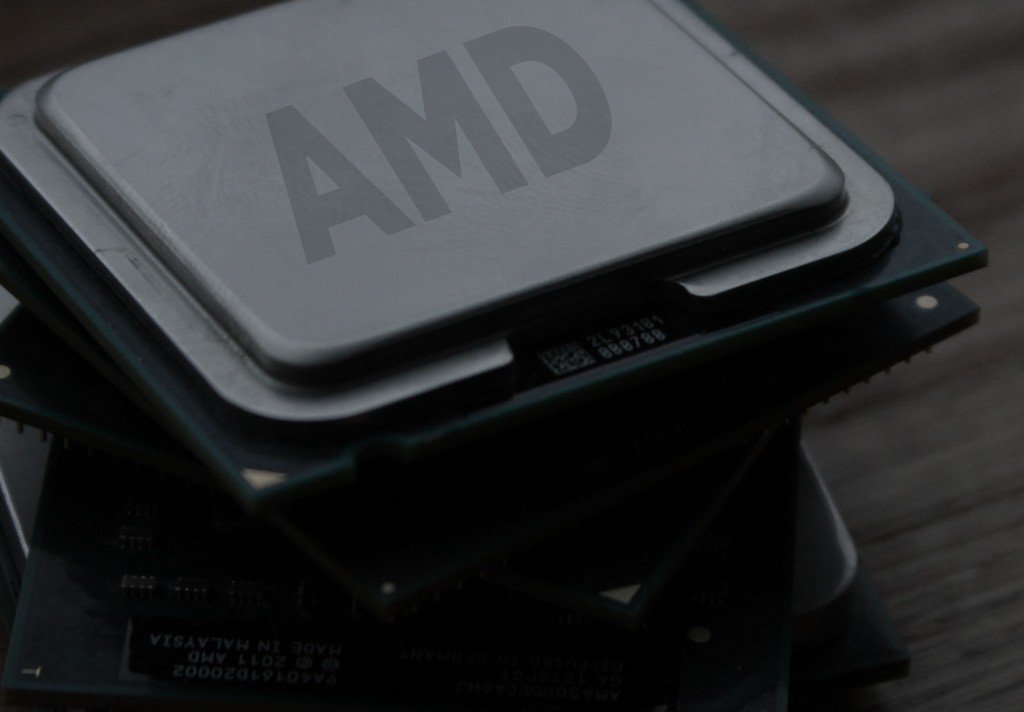Examining the Power of a Potential AMD and IBM Partnership

The previous week AMD released it’s latest Epyc 7 F×2 Processors, following which this week the stage is perfectly aligned for a potential AMD and IBM partnership.
The potential AMD and IBM partnership will allow the two companies to leverage each other’s capabilities which can be a potential game-changer for the cloud market.
Following the launch of the Epyc 7 F×2 processors, having 50% lower cost of ownership, the cloud companies have started to recognize the performance value being offered by these performance giants of AMD.
The launch of the processors was accompanied by several other cloud providers including AWS, Microsoft, Azure, Google Cloud, Oracle Cloud, and Tencent Cloud and IBM.
Of late IBM is making aggressive moves to make a mark in the cloud market, where it has been a late arriver and as such, in the process of showcasing that their competencies lie no less than the other big players in the marketplace, a potential AMD and IBM partnership can flourish.
The Benefits of Cloud Storage and Backup
Any company needs to protect its data. Cloud storage accompanied by automated back up It is scalable, flexible and provides assurance and peace of mind to the companies that their data is in safe hands. The enterprise-grade backup and recovery solution by Cobalt Iron is known for its hands-free, has a lower cost and yet is fully reliable. It’s a cloud backup that just works.Unique Opportunities that lie ahead with a potential AMD and IBM partnership
A potential AMD and IBM partnership would open the gates for unlocking several unique opportunities. The executive leadership of AMD came from IBM and thus, AMD has more in-depth insights into the processes and operations of IBM, strengthening the chances of a potential AMD and IBM partnership. Speculations are being made that a potential AMD and IBM partnership may reach legendary proportions and can further be explored this week in terms of critical developments being made in this direction.The underlying problems in partnerships between major vendors
The majority of technology suppliers in the current tech segment are usually powerful beyond measure. Usually, a company like IBM, Dell, or HPE hold an upper hand than the firms supplying them with parts. Thus, the flex of leadership dominance in the final complete product is obvious. The OEM is the leader and the folks supplying the parts are bound to follow that leadership hierarchy. When it comes to the suppliers such as Microsoft and Intel, their power can often exceed that of an OEM and when that happens the real conflict may arise with the tail seemingly wagging the dog. As the big fame customer suppliers are majorly customer-facing, their dominant proposition may prohibit the OEM from taking customer-facing decisions. This situation ultimately results in a suboptimal offering, wherein the critical decisions are made by the parts supplier and not the OEM. Microsoft gets along the cloud space by having one of the leading cloud platforms in the PC space with Surface. Many other problems may be created because Microsoft, with other offerings, is competing with their OEM partners. These other partners can be vocal about the leadership problems at times if they aren’t happy with the competition. Now on the PC front, the situation has turned into a major annoyance factor. However, on the cloud side due to the nature of the business, the single biggest problem of the OEMs is that Azure has a substantial presence in the marketplace. Moreover, Amazon and Microsoft have a history of having a rocky relationship, since forever. An OEM ideally wishes for a subordinate parts supplier and also one that often understands the internal processes of the OEM so that the supplier can better fit within it. Often the assumption that there are no leftover issues following the divestiture (a unit that has been sold by a company that became a parts supplier) is the best option. However, in a real-world situation, there is often quite a bit of hatred in that regard. As such, it often is very difficult for the two firms to collaborate.Retrospective Outlook of a potential AMD and IBM partnership
AMD didn’t spin out of IBM. The organization just has been led by several ex-IBMers, who happen to be the executives at AMD. In the case of a potential AMD and IBM partnership, the ABM leadership would intimately know how IBM operates. Also, the expectations of IBM from its supplies would be well understood and lived up to by AMD. Also, the AMD leadership is bound to have the ties and critical contacts with IBM leadership to contact and collaborate with them at times of critical decisions and to avoid something going wrong in the process. Also, the AMD leadership wouldn’t compete with the IBM leadership because of the inherent understanding that IBM is closer to the customers and hence, a potential AMD and IBM partnership is likely to work out very well. AMD is one of the most trusted names when it comes to building custom processors for its clients – a task it has been aggressively doing for a while now. The company has already created custom processors for Microsoft (Xbox and Surface) and Sony (Playstation). As Microsoft, too is aware of the capabilities of AMD, in having used two of its products before, they might also try entering a potential collaboration with AMD. Names such as Google wouldn’t try to enter the partnership with AMD, also Amazon probably wouldn’t as Amazon expedites a lot of their effort below the enterprise level. The chances of a potential AMD and IBM partnership are stronger considering that in the Enterprise space there isn’t any cloud player which has experience at par with IBM, extending well back into the last century.
